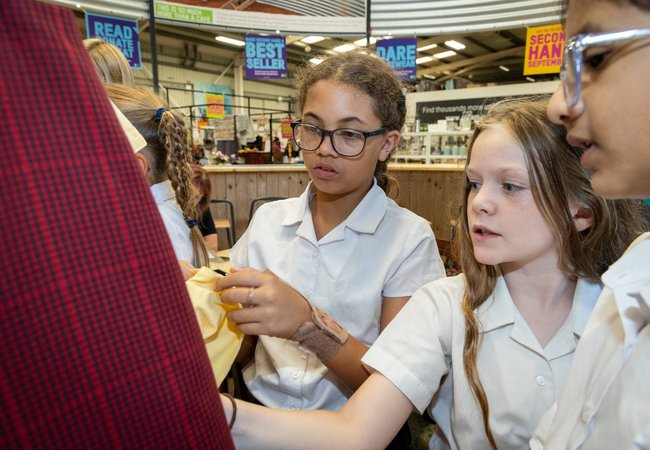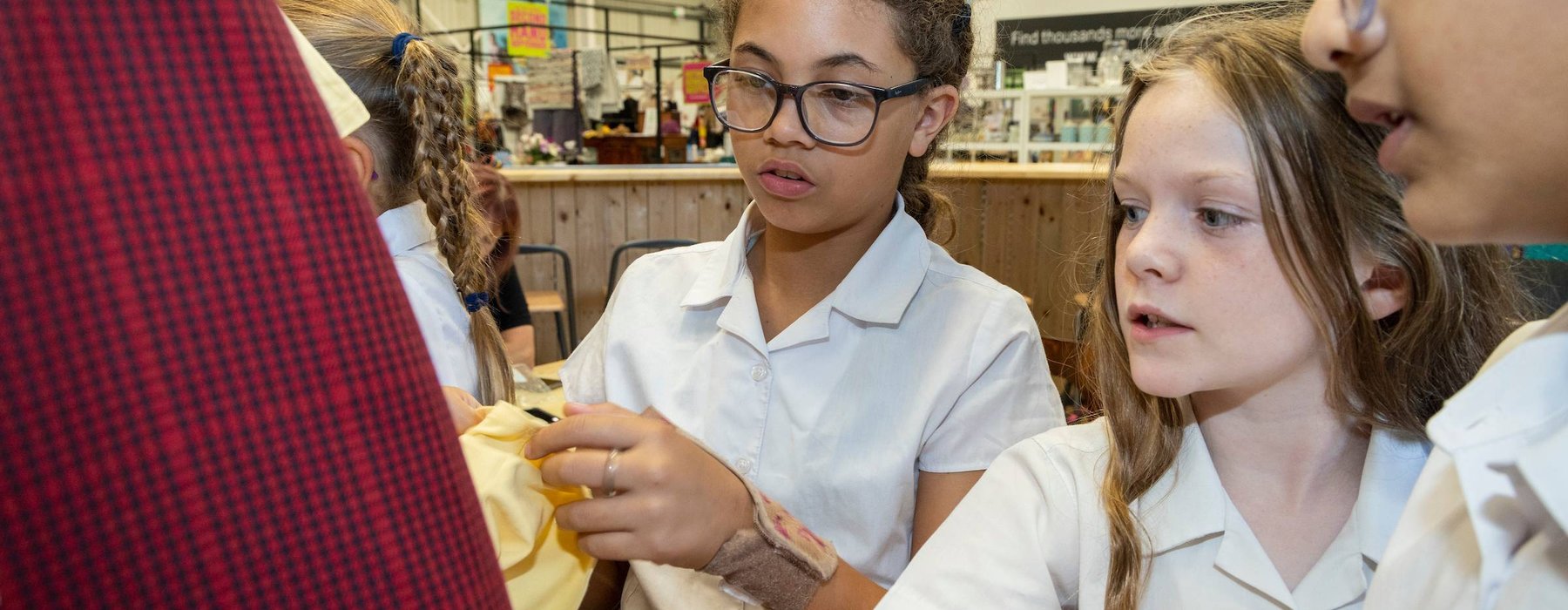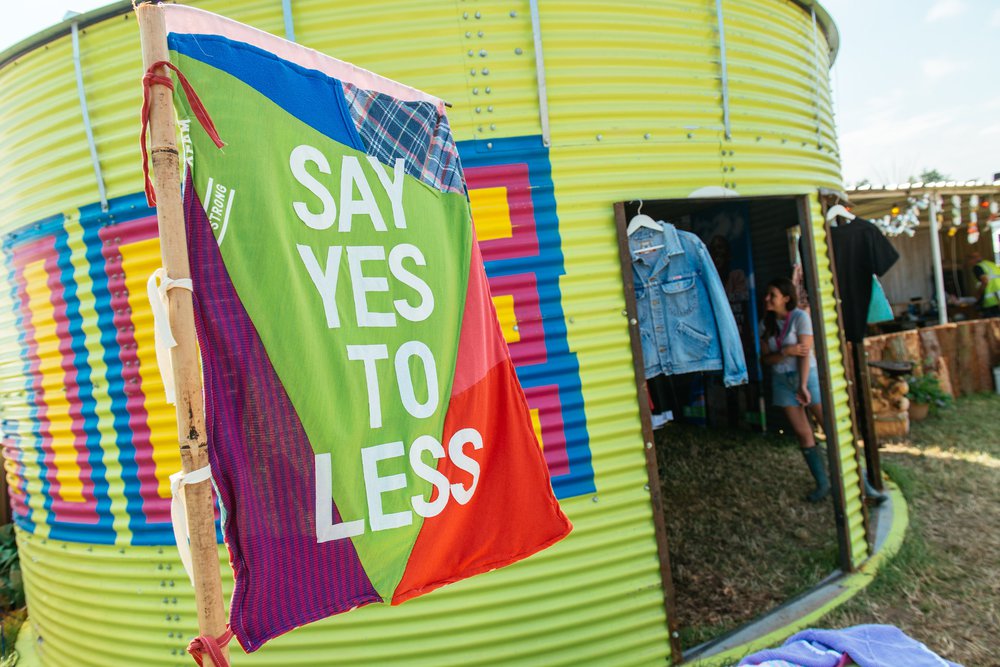- Stories of Climate Change
- Explore the work of Oxfam
- Looking beyond the single story
- Global Food Challenge
- The Human Impact of Climate Change
- Stand with Refugees
- Making Sense of the Climate Emergency
- New Year's Resolutions
- International Women's Day
- Children's Rights
- Go Bananas: Discover where food comes from
- Climate challenge
- COVID-19 responses around the world
- Raising Her Voice
- Talking about Ukraine in school?
- Sustainable Fashion - A Guide for Teachers
- The World Cup - A Fair Game?
- Talking about Israel and Palestine in school?
Andy Aitchison/Oxfam


Sustainable Fashion — A Guide for Teachers
Information, activities and ideas for learning about the impacts of fast fashion.
Fast fashion is a controversial issue. While the low cost and increased accessibility of fast fashion clothing may appear desirable, this industry comes with a high price for our planet and its people.
This guide for teachers provides a helpful starting point for bringing sustainable fashion into the curriculum and across the school community.
What's included?
- Signposting to useful resources for learning about fast fashion impacts
- Engaging cross-curricular activity ideas
- Creative suggestions for taking action in your school
- Inspiring examples of how people are changing things for the better.
What is sustainable fashion?
Sustainable fashion is about creating and using clothes in ways that are better for the environment and the people making them. There are lots of ways to make fashion more sustainable, from rethinking how clothes are produced, to repairing and rewearing and shopping second hand.
Sam Baggette/Oxfam

Impacts on planet and people
- When a new pair of jeans is made, an estimated 16.2kg of CO2e is emitted – the equivalent of driving over 58 miles in a car!
- The average consumer now buys 60% more clothing than they did 15 years ago. In the UK, we buy more clothes per person than any other country in Europe.
- Four percent of global CO2 emissions are caused by the clothing and apparel industry.
- A garment worker in Bangladesh would need to be paid 4.5 times more than the current minimum wage in their country to afford a decent standard of living. They would need almost nine times more to support a family.
- UK consumers send 6,461 tonnes of clothing a week to landfill. That’s more than three times the weight of the London Eye!
- The fashion industry is one of the major contributors of plastic microfibres entering our oceans. A single 6kg domestic wash has the potential to release as many as 700,000 fibres.